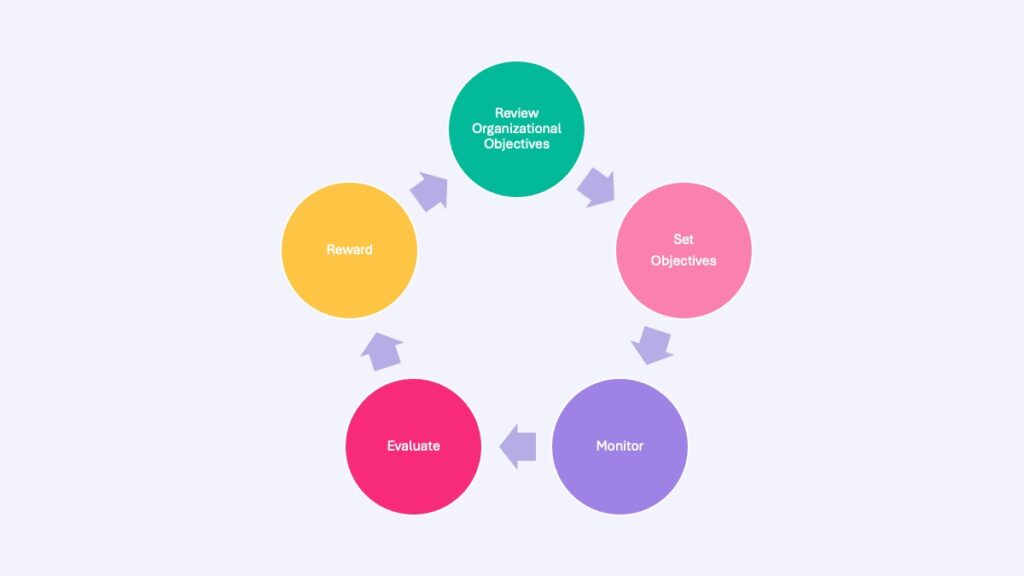In today’s business landscape, setting goals that truly inspire and motivate employees has become a critical challenge. Often, management teams and boards establish goals that fail to ignite excitement among employees, focusing primarily on company growth and financial gains for the owners. Another issue lies in the volume of goals set at the company level. Research suggests that spreading efforts across too many goals can lead to diluted outcomes and limited success. In this article, we will explore the importance of setting goals that employees find genuinely compelling. We also address the challenges associated with uninspiring goals and goal overload.
Inclusion and two-way communication
Inclusion and two-way communication play crucial roles in goal setting and creating employee engagement. They foster an environment where employees feel valued, empowered, and connected to the organization.
Inclusion ensures that all employees, regardless of their background, feel a sense of belonging within the organization. When employees feel included, their unique perspectives, experiences, and ideas are acknowledged and valued. This sense of belonging and value enhances employee engagement as they feel an integral part of the goal-setting process and the organization’s success.
By encouraging two-way communication during goal setting, organizations tap into the wealth of knowledge and perspectives within their workforce. When employees are given the opportunity to share their thoughts, challenges, and ideas related to their goals, it creates a collaborative and inclusive environment. Diverse perspectives contribute to more well-rounded and comprehensive goal setting, increasing the likelihood of successful outcomes. Furthermore, involving employees in the goal-setting process fosters a sense of ownership and accountability. This leads to higher levels of engagement and commitment to achieving those goals.
Inclusion and two-way communication also enhance goal relevance and alignment. When employees have the chance to voice their opinions and provide input on their goals, it ensures that the goals are meaningful and connected to their roles, strengths, and aspirations. This alignment fosters a sense of purpose and motivation. The employees can see the direct impact of their efforts on their own growth and the organization’s success. It also helps organizations identify any potential challenges that employees may face in achieving their goals, allowing for proactive adjustments and support.
Moreover, inclusion and two-way communication create a culture of trust and psychological safety within the organization. When employees feel encouraged to express their thoughts and concerns openly, it leads to increased collaboration, innovation, and problem-solving. Employees are more likely to take risks, share ideas, and provide feedback, knowing that their perspectives are valued and respected. This open communication facilitates continuous learning and improvement, benefiting both individual employees and the organization as a whole.
Keep it simple when setting goals
Keeping things simple when it comes to goal setting is crucial to increase engagement. Research suggests that setting a manageable number of goals leads to higher success rates. For instance, if you set 1-3 goals, you are more likely to achieve 1-3 goals. On the other hand, if you set 4-10 goals, the likelihood of achieving those decreases to 1-2 goals. Setting a high number of goals, such as 11-20, often results in achieving none of them. By limiting the number of goals, organizations can ensure that employees can focus their attention, energy, and resources more effectively. This will increase their engagement and improving their chances of success. Simple goal setting, paired with a manageable number of goals, provides employees with clarity, focus, and a greater sense of accomplishment, ultimately driving engagement and positive outcomes.
Inspire Rather Than Instruct
How goals are articulated holds great influence over how employees perceive and engage with them. Choosing the right kind of wording and embracing a semantic approach can unleash the true potential of teams by inspiring and empowering them.
The art of setting goals lies not only in providing instructions but also in evoking emotions and capturing the imagination. Instead of simply instructing employees on specific tasks, leaders can inspire them by crafting goal statements that paint a vivid picture of the desired outcome. For example, consider the contrast between “Upselling customers” and “Creating an Awesome Customer Experience.” The latter not only conveys the ultimate objective but also instills a sense of pride and accomplishment in employees who contribute to delivering exceptional experiences.
Human beings are driven by a fundamental need for meaning and purpose. By infusing goal statements with a sense of purpose, leaders can tap into their employees’ intrinsic motivation. Take, for instance, the phrase “Happy People.” While it may appear vague at first, it encapsulates the broader goal of cultivating a positive and supportive company culture. This phrasing recognizes the profound importance of employees’ well-being and happiness, thereby inspiring them to actively contribute to a harmonious work environment.
Setting goals that inspire rather than instruct is a powerful strategy to drive employee engagement and unleash their full potential. By carefully choosing the right words and framing goal statements in a way that evokes enthusiasm, leaders can ignite a sense of purpose and motivation within their teams. When employees are genuinely excited about the goals they work towards, they become more proactive, creative, and dedicated to achieving remarkable results.
If you want to learn more about OKRs, be sure to check out our OKR-guide.




